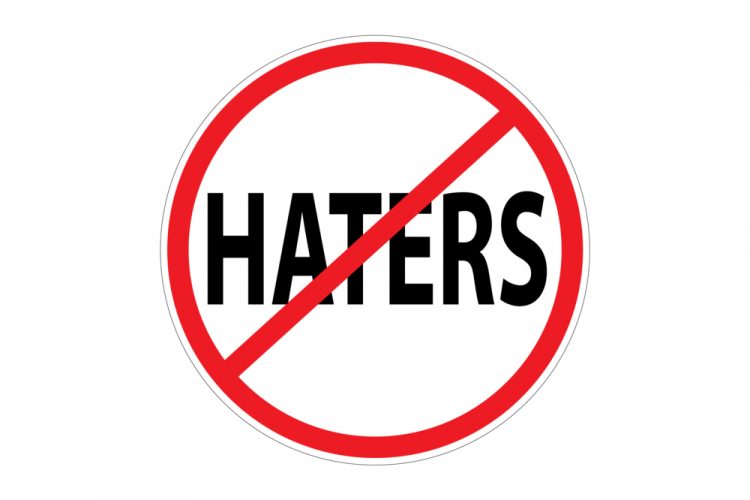Overcoming hatred from others?

Understanding how emotions and thoughts influence behaviour is important for people who have intense emotions and are often ruled by them. Knowledge about emotions and the thoughts that strengthen or soften those emotions can help people develop ways to better manage their actions. Hatred could invoke feelings of animosity, anger, or resentment, which can be directed against certain individuals, groups, entities, objects, behaviours, concepts, or ideas. Hatred is a relatively stable feeling of intense dislike for another person, entity, or group. It is distinct from short-lived feelings such as anger and disgust. While some forms of animosity may only manifest briefly and mildly, hatred is a form of active, ongoing hostility that often uses up significant emotional energy.
When someone feels hatred for another person, they often spend much of their time fixating on their anger, contempt, or dislike of the other person.
WHY DO PEOPLE HATE?
Hate is part of the range of human emotions. Some researchers believe every human being has the capacity to hate, while others believe true hatred is uncommon. What does seem clear is that hatred tends to emerge as a learned emotion that flourishes in the absence of compassion.
Feelings of hatred or intense emotional dislike develop for many reasons. People might begin to hate another person or group when they:
- Experience feelings of envy or want what the other person has. They may consider it unfair that someone has what they lack.
- Have contempt for another person or believe them to be inferior.
- Learn hatred from parents, their community, or other social groups.
- Are humiliated or mistreated by another person.
People also hate when they feel powerless. Rather than turning their anxiety and shame inward, they may project that negativity onto an external target. In some cases, people who experience bullying or abuse may grow to hate the person who harmed them.
In other cases, a target is hated more for what they represent than for specific actions they have taken. Individuals may believe the target of their hatred has harmful intentions toward them and would hurt them if they could. However, the target may not necessarily have hostile intentions, or the hatred may be disproportional to the injury.
For example, a teacher may hate a student who failed in a class. The student may not have any hostility for the teacher and could simply be doing their schoolwork as best he/she can. However, the teacher may use the student as a stand-in for their frustration as a whole. This hatred may prompt the teacher to try and harm the student, perhaps by punishing the student unfairly, etc.
Continued next week










